If you are looking to invest in the energy sector, a sector-specific ETF is an excellent option to consider.
Within Canada, roughly 20% of energy comes from burning fossil fuels. Although this is expected to decrease going forward, non-renewable energy is still critical to a functioning society here in Canada.
The energy sector tends to perform very well throughout inflationary periods during which the price of oil and gas increases.
We will outline the best energy ETFs in Canada and discuss their features below.
Pros and Cons of Investing in Energy ETFs
Investing in energy, whether through an energy ETF or energy stocks, is highly dependent on the underlying price of oil and natural gas.
- Strong growth during periods of high inflation
- Energy supply is critical for almost all individuals across the world
- Energy companies usually trade at value multiples and generally pay high yields through dividends
- Long-term energy sector performance is unimpressive and tends to be highly volatile
- The oil and gas industry is facing a lot of headwinds from renewable and clean energy
- Energy stocks are sometimes eliminated from benchmarks and funds due to ESG metrics
Diversify With Energy ETFs
Energy ETFs can provide diversification across subsectors of the energy industry, including exploration, production, transportation, and services.
By including commodities exposure, energy ETFs aim to provide a well-rounded approach to investing in the sector.
10 Best Energy ETFs in Canada
- Horizons S&P/TSX Capped Energy Index ETF (HXE.TO)
- iShares S&P/TSX Capped Energy ETF (XEG.TO)
- BMO Equal Weight Oil & Gas Index ETF (ZEO.TO)
- Horizons Pipelines & Energy Services Index ETF (HOG.TO)
- Horizons Canadian Oil and Gas Equity Covered Call ETF (ENCC.TO)
- iShares Global Energy ETF (IXC)
- SPDR S&P Oil & Gas Exploration & Production ETF (XOP)
- VanEck Oil Services ETF (OIH)
- VanEck Oil Refiners ETF (CRAK)
- Vanguard Energy ETF (VDE)
1. Horizons S&P/TSX Capped Energy Index ETF
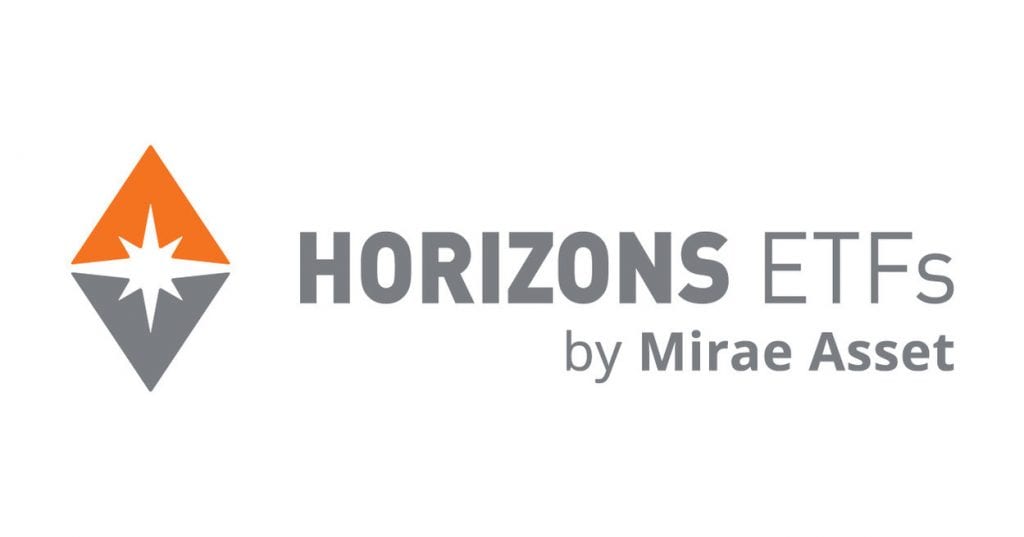
- Ticker: HXE.TO
- Inception Date: September 16, 2013
- Assets under Management: $73.13 Million
- Management Expense Ratio: 0.25%
- Management Style: Passive
- Risk Rating: High
- Distributions: None
- Yield: 0%
- Stock Price: $30.58
- YTD Return: 0.72%
The HXE ETF from Horizons is the most inexpensive energy ETF in Canada. HXE invests in the broad Canadian energy sector. Within the portfolio, you will find the stocks of companies involved in all stages of the energy process, including:
- Storage
- Transportation
- Extraction
HXE passively tracks the S&P/TSX Capped Energy Index (Total Return), a market-cap-weighted index. Larger companies by market capitalization will be given a higher allocation within both the index and the ETF.
HXE, like other total return ETFs offered by Horizons, uses a total return swap approach to make it more tax efficient.
The swap gives investors an identical return to the index without actually holding the underlying stocks. This structure aims to eliminate distributions to investors and greatly increases tax efficiency (especially in non-registered accounts).
Horizons’ HXE has a long performance track record and is a decently-sized ETF. Given the fund’s tax-efficient nature, it does not pay distributions to investors.
The ETF is rated as high risk, which is standard for most energy-focused funds and investments. Since HXE only invests in Canadian companies, investing only in this ETF will cause you to ignore the energy sector outside of Canada, such as globally or in the US.
Horizons’ HXE ETF is an excellent choice if you are looking for an inexpensive ETF that invests in the broad Canadian energy sector in a tax-efficient manner.
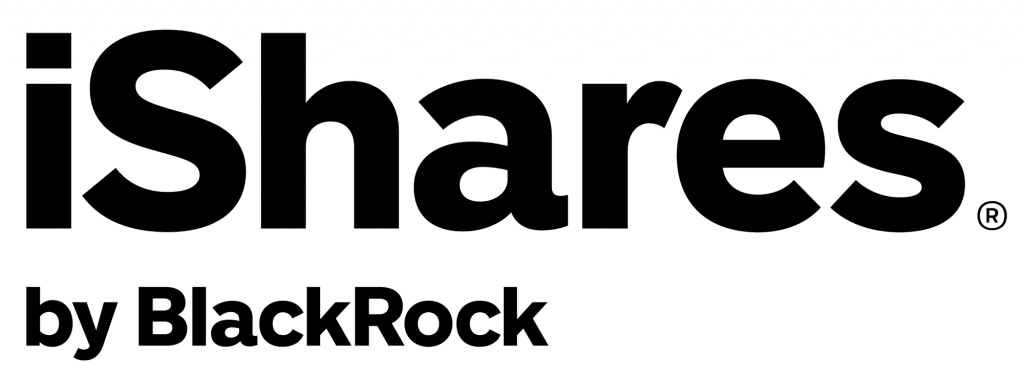
- Ticker: XEG.TO
- Inception Date: March 19, 2001
- Assets under Management: $1.7 Billion
- Management Expense Ratio: 0.61%
- Management Style: Passive
- Risk Rating: High
- Distributions: Quarterly
- Yield: 4.26%
- Stock Price: $15.19
- YTD Return: 0.68%
Blackrock’s iShares offers a massive Canadian energy sector ETF here in Canada. Similar to HXE, XEG also invests in Canadian energy companies across the different stages of the energy cycle.
XEG is another passive ETF that offers investors the return of the S&P/TSX Capped Energy Index minus any management fees. The index is again weighted by market capitalization, so larger companies will have a higher allocation in the index and, therefore, in the ETF.
The ETF has a very long performance track record and is a huge fund in terms of assets. It is several times bigger than the next largest Canadian-listed ETF in terms of assets.
The ETF pays distributions on a quarterly basis and offers investors a good annualized yield. XEG is a relatively inexpensive option when it comes to a Canadian energy sector ETF but is still more expensive than Horizons’ HXE.
Given the fund’s focus on the Canadian energy sector, XEG is rated as a high-risk ETF.
If you value having a good distribution yield from your energy ETF, iShares’ XEG is a good choice with great overall features.
3. BMO Equal Weight Oil & Gas Index ETF

- Ticker: ZEO.TO
- Inception Date: October 20, 2009
- Assets under Management: $200.53 Million
- Management Expense Ratio: 0.61%
- Management Style: Passive
- Risk Rating: High
- Distributions: Quarterly
- Yield: 4.82%
- Stock Price: $61.83
- YTD Return: 1.46%
BMO offers a great energy ETF in Canada that again targets the broad energy sector. ZEO invests in most of the same stocks as HXE and XEG but with radically different weights assigned to each. This is because ZEO equally weights each of its underlying energy stocks.
The ZEO ETF passively tracks the Solactive Equal Weight Canada Oil & Gas Index.
The fund is a large ETF by assets under management and has a long performance track record. ZEO pays a great dividend yield on a quarterly basis, which is again attractive for investors that are looking for income.
ZEO is rated as high risk by BMO, in line with most Canadian energy sector ETFs. The fund comes with a fairly average MER and is more expensive than HXE.
BMO’s ZEO ETF is a fund with great features and a good weighting scheme for better diversification. It is a top option to consider within the Canadian energy space.
4. Horizons Pipelines & Energy Services Index ETF

- Ticker: HOG.TO
- Inception Date: July 14, 2014
- Assets under Management: $33.12 Million
- Management Expense Ratio: 0.64%
- Management Style: Passive
- Risk Rating: High
- Distributions: Quarterly
- Yield: 3.62%
- Stock Price: $10.35
- YTD Return: 3.55%
By targeting a historically less volatile subsector within the oil and gas space, Horizons offers a pipelines and energy services ETF. The HOG ETF invests in energy companies within the midstream space, meaning companies that are involved in:
- Storage
- Transportation
- Wholesale Marketing
The ETF avoids investing in oil and gas extraction companies. HOG currently passively tracks the Solactive Pipelines & Energy Services Index.
Unlike most other Horizons ETFs, HOG is not swap-based. The ETF actually holds the underlying securities found within the index.
HOG comes with a fairly long performance track record and is small in terms of assets under management. Since the fund does not have a lot of assets, it may be at risk of closing down in the future for profitability reasons.
Despite being advertised as a less volatile energy fund, HOG is still considered a high-risk fund. The ETF’s MER is fairly average when compared to peers.
With more specific energy exposure through the midstream Canadian energy space, HOG is a good option to consider for marginally less volatile energy exposure.
5. Horizons Canadian Oil and Gas Equity Covered Call ETF

- Ticker: ENCC.TO
- Inception Date: April 11, 2011
- Assets under Management: $49.58 Million
- Management Expense Ratio: 0.84%
- Management Style: Active (Covered Calls)
- Risk Rating: High
- Distributions: Monthly
- Yield: 16.83%
- Stock Price: $10.31
Investors that are looking for a very high yield from their energy investment should consider a covered call energy ETF like ENCC. The ETF invests in Canadian energy companies while also implementing a covered call strategy to boost the fund’s yield.
ENCC invests in the Solactive Equal Weight Canada Oil & Gas Index. The covered call strategy responsible for boosting the fund’s income is managed on an active basis by the portfolio managers.
An additional benefit to the covered call strategy is that it helps to smooth returns over time. Covered calls sell the potential for extreme upside in the future for a cash premium today. The cash premium helps to protect against downside volatility.
The ETF is small in terms of assets and comes with a long performance track record.
Horizons rates the strategy as being high risk, but the covered call strategy helps to reduce downside risk. The covered call premium should make the fund less volatile than other Canadian energy ETFs.
The fund’s MER is above average when compared to other Canadian energy ETFs.
ENCC currently pays an extremely high yield to investors on a monthly basis.
If you want to invest in Canadian energy and also value an extremely high-income stream, ENCC is a top option to consider.

- Ticker: IXC
- Inception Date: November 12, 2001
- Assets under Management: $2.96 Billion (USD)
- Management Fee: 0.40%
- Management Style: Passive
- Risk Rating: High
- Distributions: Semi-Annually
- Yield: 3.45%
- Stock Price: $38.42
- YTD Return: -1.06%
Blackrock’s iShares offers a global energy ETF listed in the US. For Canadians, this means having to purchase IXC in US dollars on the US side of your accounts.
IXC invests in the stocks of global companies involved in the production and distribution of oil and gas. It diversifies your investment across multiple countries, something that a US or Canadian energy ETF will not do.
The ETF passively tracks the S&P Global 1200 Energy Sector Index.
IXC has a very long performance track record and is a massive fund in terms of size. With regard to fees, the ETF is inexpensive. This is generally the case with US-listed ETFs (their fees are usually lower).
The ETF is considered high risk and pays investors a great yield on a semi-annual basis.
If you would like to invest in a global energy ETF on the US side of your accounts, iShares’ IXC ETF is a good choice to consider.
7. SPDR S&P Oil & Gas Exploration & Production ETF

- Ticker: XOP
- Inception Date: June 23, 2006
- Assets under Management: $3.63 Billion
- Management Expense Ratio: 0.35%
- Management Style: Passive
- Risk Rating: High
- Distributions: Quarterly
- Yield: 2.63%
- Stock Price: $132.92
- YTD Return: -2.88%
Another US-listed energy sector ETF to consider is XOP, offered by State Street Global Advisors. The XOP invests mainly in stocks of companies involved in the energy sector within the US. Canadians will have to purchase the XOP ETF on the US side of their accounts using US dollars.
XOP is another passively managed ETF that tracks the performance of the S&P Oil & Gas Exploration & Production Select Industry Index.
The fund has a long performance track record and is massive in terms of assets under management. It is slightly more inexpensive than the IXC ETF but concentrates your investment only in the US (while IXC invests globally).
XOP pays a low yield to investors on a quarterly basis.
If you are looking to invest in the US energy sector with US dollars and don’t mind a relatively lower-yielding fund, XOP is a great choice.
8. VanEck Oil Services ETF
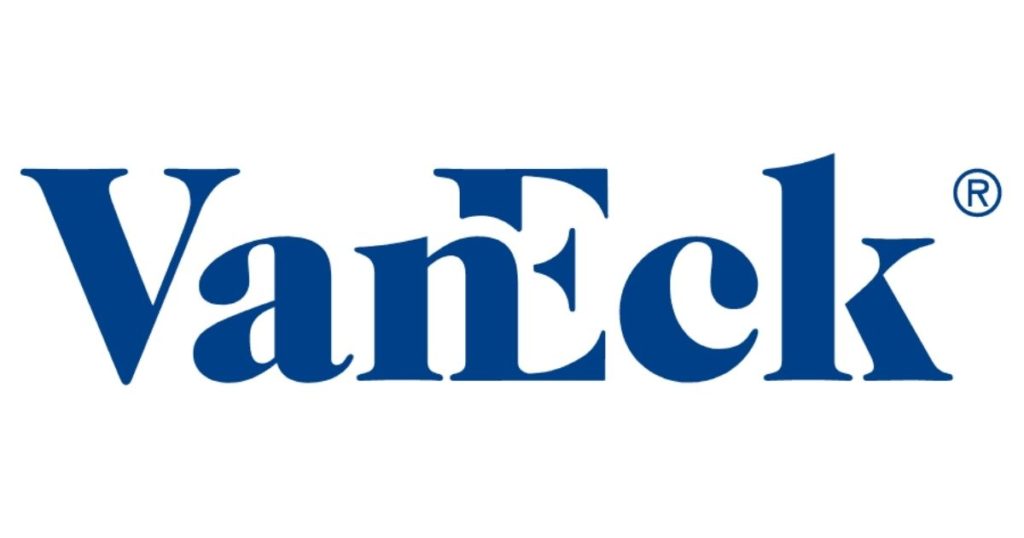
- Ticker: OIH
- Inception Date: December 20, 2011
- Assets under Management: $2.21 Billion
- Management Expense Ratio: 0.35%
- Management Style: Passive
- Risk Rating: High
- Distributions: Annually
- Yield: 1.36%
- Stock Price: $287.04
- YTD Return: -5.48%
VanEck offers a few great energy ETFs listed on US exchanges. OIH invests in US oil companies involved in providing services to the upstream oil sector. These include:
- Oil Equipment
- Oil Drilling
- Oil Services
Canadians will again have to purchase OIH on the US side of their accounts using US dollars.
The ETF is passively managed and tracks the performance of the MVISUS Listed Oil Services 25 Index. OIH is a highly concentrated fund with roughly 25 underlying stock holdings.
OIH is a very large fund in terms of assets and has a long performance track record. It is very competitively priced, in line with US peers, and substantially more inexpensive than Canadian-listed energy ETF options.
The ETF pays a very low yield to investors on an annual basis.
As a concentrated, oil-services ETF focused on US stocks, OIH is a great option if you are looking to target that particular area of the energy industry.
9. VanEck Oil Refiners ETF

- Ticker: CRAK
- Inception Date: August 18, 2015
- Assets under Management: $34.31 Million
- Management Expense Ratio: 0.59%
- Management Style: Passive
- Risk Rating: High
- Distributions: Annually
- Yield: 3.64%
- Stock Price: $35.3
- YTD Return: 2.48%
A second energy ETF offered by VanEck and listed in the US is CRAK. The ETF invests in the stocks of companies involved in the refinement process of:
- Gasoline
- Diesel
- Jet fuel
- Fuel oil
- Naphtha
- Petrochemicals
Canadians have to purchase CRAK with US dollars and on the US side of investment accounts.
CRAK is passively managed and tracks the performance of the MVIS Global Oil Refiners Index. Companies included in this index (and in CRAK) are global, helping to diversify your investment outside of a particular country.
CRAK is a tiny fund in terms of assets under management and has a fairly long performance track record. The ETF’s MER is substantially higher than its peers and will increase further starting on May 1, 2023 (when the current fee waiver ends).
The ETF pays a good yield to investors on an annual basis.
If you are looking to invest globally and in the refinement segment of the energy sector, CRAK is a good ETF to consider.
10. Vanguard Energy ETF

- Ticker: VDE
- Inception Date: September 23, 2004
- Assets under Management: $9.63 Billion
- Management Expense Ratio: 0.10%
- Management Style: Passive
- Risk Rating: High
- Distributions: Quarterly
- Distribution Yield: 3.34%
- Stock Price: $116.07
- YTD Return: -0.78%
The VDE ETF offered by Vanguard is a strong contender for a top pick among US-listed energy ETFs. The ETF invests in US stocks of all market capitalizations within the energy sector.
VDE passively tracks the MSCI US Investable Market Energy 25/50 Index.
Since the ETF is listed in the US, it will need to be purchased in US dollars and on the US side of your accounts in Canada.
VDE is one of the most inexpensive energy ETFs available to investors around the world, with an expense ratio of just 0.1%. This is substantially more inexpensive than other peers on our list (and much more inexpensive than Canadian alternatives).
The ETF is massive in terms of assets under management and has a very long performance track record. VDE pays a good yield to investors on a quarterly basis.
Although it invests in energy companies of all sizes, VDE does concentrate its holdings geographically by only investing in the US.
If you are looking for an inexpensive way to invest in the US energy sector (using US dollars), VDE is an excellent option with great features.
Should you Invest in an Energy ETF?
Given the characteristics of the oil and gas sector, energy ETFs make sense in certain situations and for certain investors.
Canadian energy ETFs would likely not be appropriate under the following circumstances:
- If you are an investor looking to invest responsibly or according to strong ESG metrics
- For individuals who want to invest in companies with high future growth potential
- If you have a low tolerance for risk
Alternatively, energy ETFs may be a good option for investors who:
- Are looking to build a value-style portfolio
- Require or prefer high dividend streams for income
- Are looking to reduce the impact of a high inflation rate
Strategies for Adding Energy ETFs to your Portfolio
Energy ETFs are sector-specific ETFs that are generally used to express an overweight or underweight (through shorting) position in a sector.
Be mindful that the Canadian energy sector has significantly underperformed the total Canadian market since 2012.

Energy ETFs should not make up a large portion of your total portfolio. This would leave investors extremely concentrated in just one sector and very under-diversified.
Assuming that inflation is high and a portfolio is invested in a broad market index ETF (which likely contains some energy exposure), a small energy ETF position can be added to overweight the portfolio towards energy.
If you are a value investor looking for a higher dividend yield from your investments, you may also choose to be overweight in the energy sector.
What is the Best Energy ETF to Buy Right Now?
If you are looking for the most inexpensive (and tax-efficient) Canadian energy ETF, the Horizons S&P/TSX Capped Energy Index ETF is your best pick.
How to Buy the Best Energy ETFs in Canada
The cheapest way to buy ETFs is from discount brokers. My top choices in Canada are:
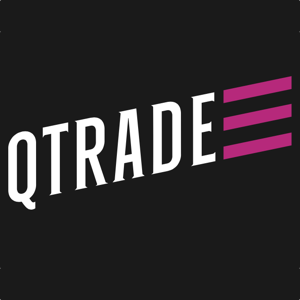
- 105 commission-free ETFs to buy and sell
- Excellent customer service
- Top-notch market research tools
- Easy-to-use and stable platform

- Stock and ETF buys and sells have $0 trading fees
- Desktop and mobile trading
- Reputable fintech company
- Fractional shares available
To learn more, check out my full breakdown of the best trading platforms in Canada.
Conclusion
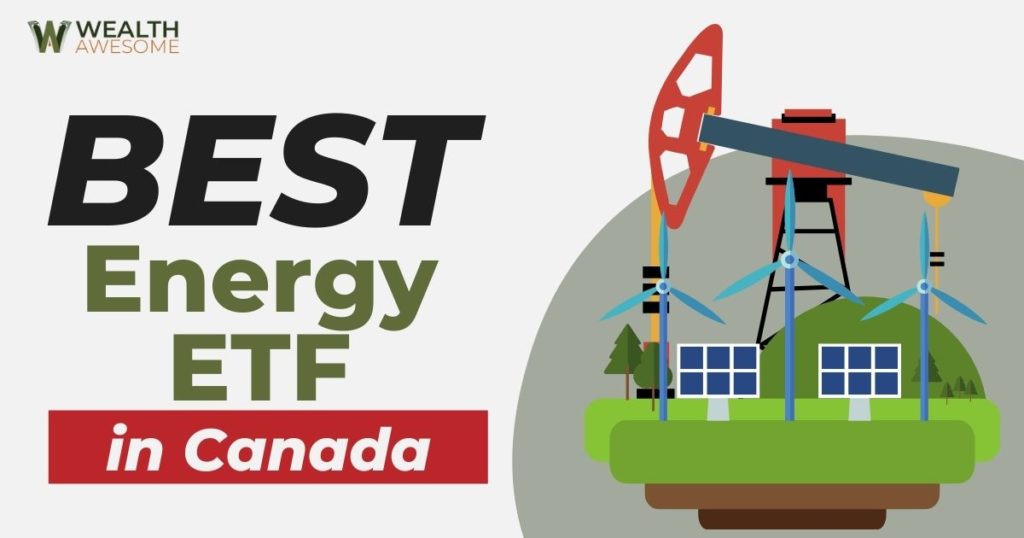
If you are looking to invest in energy, buying an energy ETF is likely one of the best ways to add diversified exposure to the sector.
Energy ETFs are a great way to control your overall exposure to the sector and are not usually intended to make up the bulk of your overall investment portfolio.
If you want to avoid paying ETF fees, you can also put together an energy portfolio using some of the best energy stocks in Canada.






It appears that you missed a Canadian ETF that has the best non-leveraged returns this year – the Ninepoint Energy fund which is ticker NNRG on the TSX.
I was reading your blog about best energy etfs and charges HXE vs XEG
Although the cost is higher for ishares etf they do pay annual dividend of 1.46% and although Horizons have low charge they pay no dividend. therefore I would argue you could set the dividend against the higher charge and there would still be something left from the dividend. I think also ishares own the underlying stock in their etf whereas Horizons do it differently.
all in all I may be as usual late for the party to invest in energy, which I was planning to do.